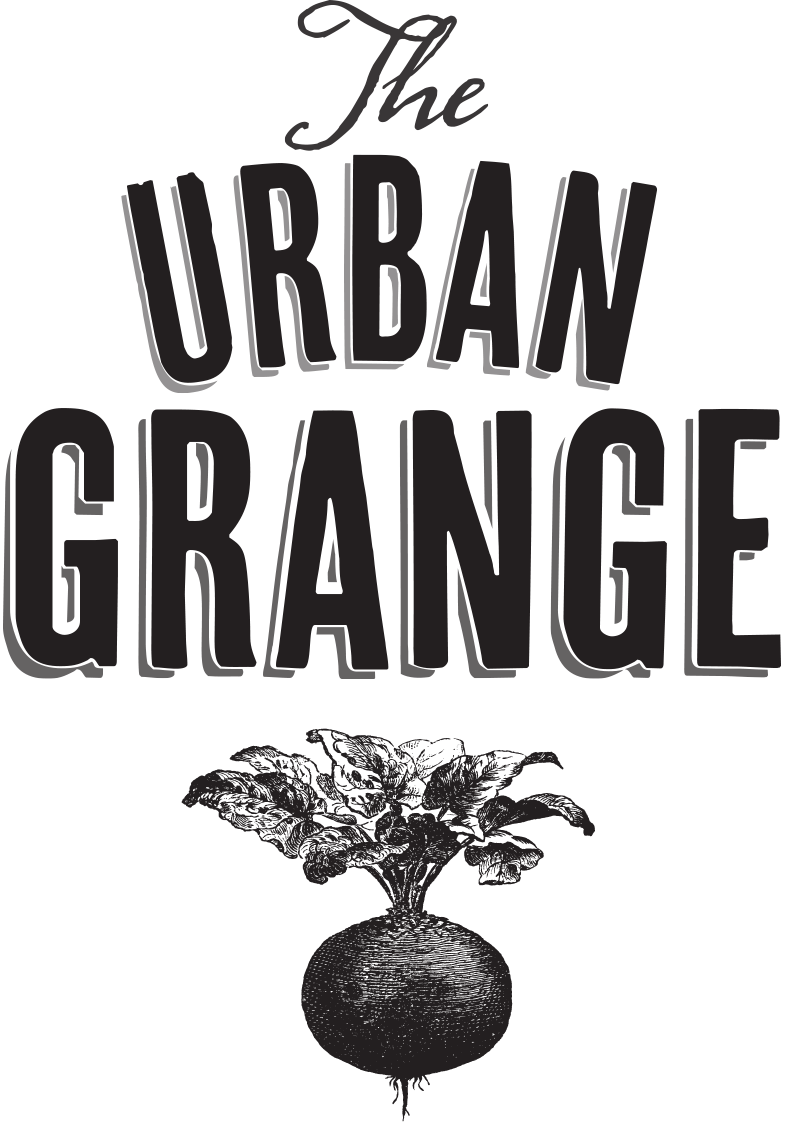Rhubarb
Quite Possibly the Holy Grail of Vegetables
The word rhubarb comes from rha barbarum which means ‘barbarians of the Volga River’. People of ancient Europe thought rhubarb came from Russia and had a poor opinion of the locals!
Actually rhubarb comes from Western China and was brought to Europe on the ancient Silk Road as a dried root. Later, the Venetians and Portuguese traded it as a very expensive medicinal drug. It was one of the substances that Christopher Columbus thought he had found when he arrived in the Caribbean in 1492 (since he thought he was in Asia).
For centuries rhubarb root was imported into England as a medicine. Doctors used rhubarb as a gentle laxative for clearing out the digestive system. This kind of purging was believed to restore the balance of the body's humours. Too much rhubarb can cause kidney stones.
Rhubarb contains oxalic acid, a natural anti-oxidant. Rhubarb leaves have enough oxalic acid (0.6%) to be poisonous. Do not eat them!
Rhubarb was first grown in England in the 17th century, but was less effective than imported rhubarb because of differences in climate, soil and altitude. Experiments in testing rhubarb encouraged the development of food science.
Rhubarb was used as a dessert from the early 19th century as sugar became cheaper. In the 1950s, supermarkets and frozen food caused a decline. But recently rhubarb has had a comeback.
Around 80% of rhubarb in the UK is grown in the Yorkshire ‘rhubarb triangle’. Grown in special sheds and harvested in the dark (picked by candlelight traditionally) in a method known as ‘forcing’, rhubarb is available in the winter months. It used to be a crucial source of Vitamin C when no other fruit was available.
Why West Yorkshire? The area had lots of rain, a cool climate, a smoky, polluted atmosphere and heavy soils, all conditions that encouraged the necessary dormancy of the plant in the autumn. It also had good transport links to London.
Uses of rhubarb in the 17th century
‘It purges the body of choler and phlegm made into a powder and drunk in a draught of white wine, cleansing the stomach, liver and blood helping those griefs such as jaundice, dropsy, swelling of the spleen, agues, pricking pain in the sides and spitting of blood. It is also given for the pains and swellings of the head, melancholy, gout and cramp. Powdered in red wine it dissolves clotted blood caused by any fall or bruise. Boiled it is used to heal ulcers in the eyes and eyelids.’
from Nicholas Culpeper’s Complete Herbal (1653)
Sources
N. Culpeper, Culpeper’s Complete Herbal (London, 2010)
C. M. Foust, Rhubarb: the Wondrous Drug (Princeton, 1992)
R. A. Giles, Forced Rhubarb in the West Riding of Yorkshire (Leeds, 1970)
M. Grieve, A Modern Herbal (London, 1994)
J. R. Hanson, C. Brickell, W. R. Johncocks, J. Harding, Chemistry in the Garden (Cambridge, 2007)
P. Sanz and R. Reig, ‘Clinical and pathological findings in fatal plant oxalosis: a review’, The American Journal of Forensic Medicine and Pathology 13:4 (1992), 342-5
step 11
Harvest tomatoes as they ripen. Depending on the variety this can be anywhere from 60 to 80 days from initial planting. Cherry tomatoes will generally be faster.
TIP: Removing new flowers near the end of the growing season can help speed up
the ripening of mature fruit. Green tomatoes can be ripened in a paper bag or.
Alternatively, fried green tomatoes are delicious!


